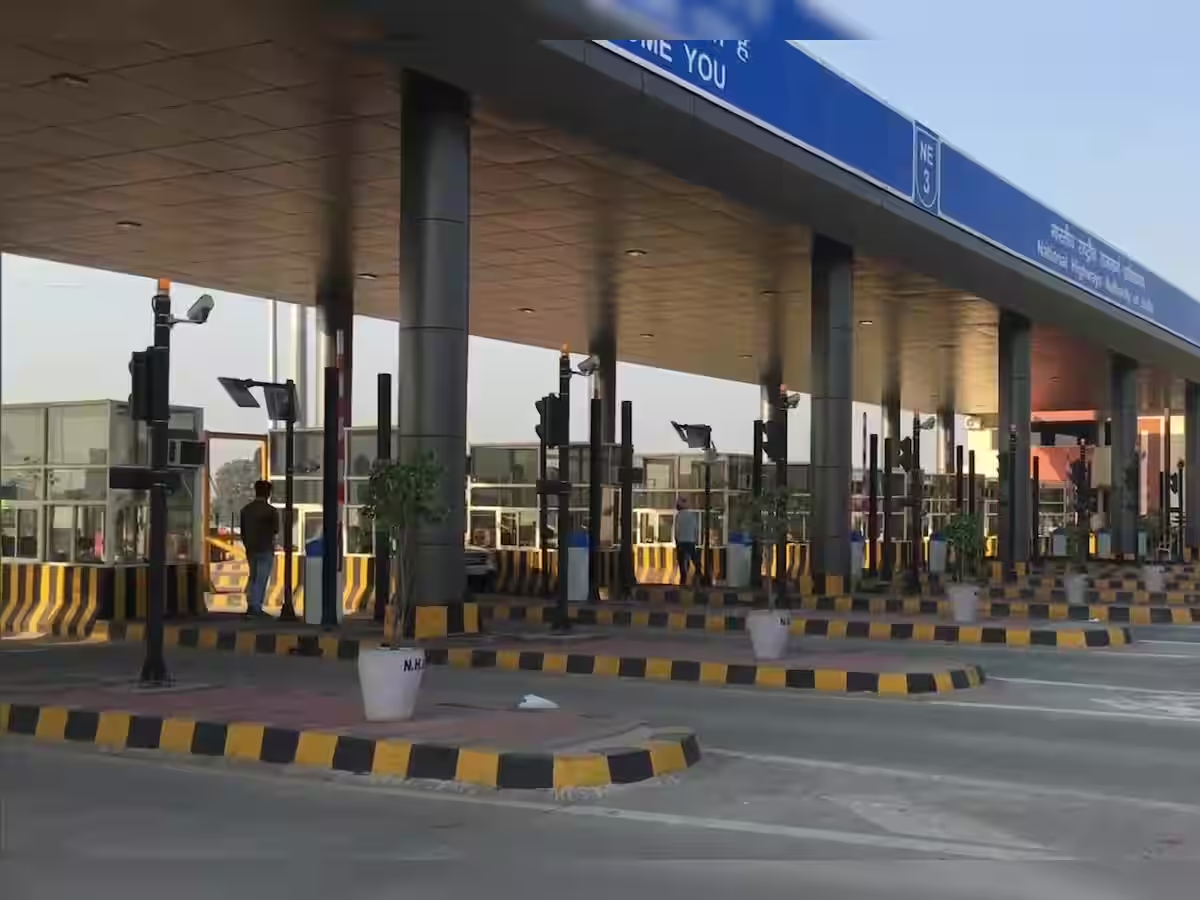the National Highways Authority of India (NHAI) has implemented an increase of 4-5% in toll charges on key highways across the country. This adjustment, which officially took effect from April 1, is an annual procedure linked to the wholesale price index-based inflation.
The increase will affect millions of daily commuters, including both individual drivers and commercial vehicle operators, who rely on toll roads for faster connectivity.The revised toll rates, which are expected to further inflate transportation costs, particularly affect several high-traffic routes such as the Delhi-Meerut Expressway, Delhi-Jaipur highway, and the Eastern Peripheral Expressway. These expressways serve as major arteries for people commuting between urban centres and are pivotal to the national road infrastructure. As toll charges rise, the financial burden on those using these routes regularly will intensify, particularly for long-distance truckers and freight companies, who rely on these highways for the swift movement of goods.
Toll hikes are part of a broader, annual exercise carried out by NHAI to adjust user fees according to inflation rates. The user fee system was introduced as part of the National Highways Fee (Determination of Rates and Collection) Rules, 2008, and the toll adjustment has been implemented every April 1 since then. With over 850 toll plazas scattered across the nation, including public-funded and concessionaire-operated ones, the hike will be felt across a wide spectrum of drivers.In the fiscal year that just concluded, NHAI collected nearly ₹70,000 crore from tolls. With around ₹6,000 crore generated monthly, this revenue is crucial to funding the maintenance and development of India’s vast highway network. However, while these toll collections help sustain the infrastructure, the frequent hikes raise concerns among the general public, particularly in the face of rising fuel prices and cost of living.
This year’s toll increase comes as part of a trend that sees inflation tied to a variety of goods and services, further straining the finances of individuals and businesses alike. The transport sector is particularly hard hit, as the increased toll fees come at a time when inflationary pressures are already being felt. For individuals and businesses reliant on transportation, the increased tolls will only add to operational costs, with some observers noting that it may lead to increased prices for goods transported via these routes.
As the NHAI continues its annual toll adjustments, questions about the long-term impact on road users persist. The cost to users is often justified by NHAI as necessary for the upkeep and development of highways, but many commuters and transport operators feel that the toll charges are becoming increasingly difficult to bear, particularly as the cost of living continues to rise.
Despite these concerns, the revenue generated by tolls plays a critical role in maintaining the quality of India’s roads and in funding infrastructure projects that are vital for the country’s growth. However, with the increase now in effect, stakeholders will be watching closely to see how it impacts both the daily commuter and the broader economy in the coming months.While the toll revision might provide an immediate financial boost to NHAI for road development, it also raises important questions about balancing infrastructure funding with affordability for the end-user. The growing toll burden on the public highlights the need for more comprehensive policies that ensure cost-effective, accessible transportation solutions for all citizens, while also sustaining India’s infrastructure growth. It remains to be seen if further toll hikes will follow in the future or if a more equitable model will emerge to address these concerns.




